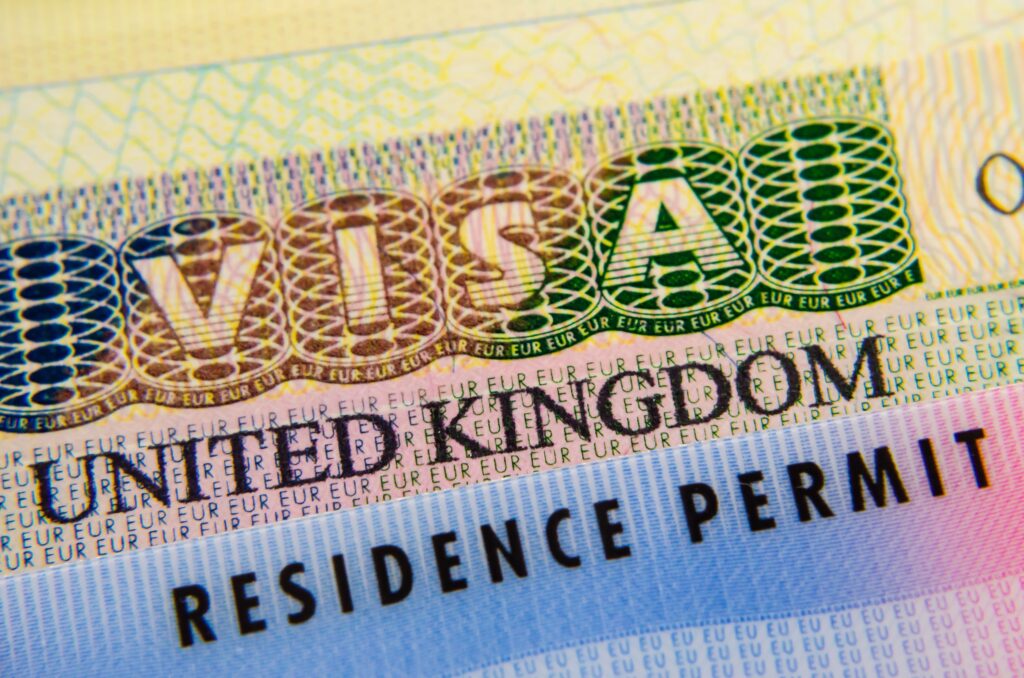Right to Work
Checks
Immigration compliance: Key strategies for UK employers
Right to work checks are an integral part of employer compliance under the UK Immigration Rules. All employers in the UK have a responsibility to prevent illegal working. Failure to carry out the correct right to work checks can have serious consequences for your business, so it is essential to understand your legal obligations in this area.
What is a right to work check?
All employers are required by law to carry out right to work checks on each individual they intend to hire, to check the worker has the necessary immigration permission to work in the UK.
Employers must carry out one of the following checks before employment commences:
- A manual right to work check.
- An online right to work check.
- A right to work check using IDVT through the services of an Identity Service Provider (IDSP).
note:

Conducting any of these checks in accordance with the Home Office guidance on right to work checks will provide the employer with a statutory excuse which defends against liability for a civil penalty.
Manual right to work check
A manual document-based right to work check is completed in three steps:
- Step 1: Obtain – You must obtain the individual’s original documents from either List A or B of the acceptable documents in Annex A of the employer guidance.
- Step 2: Check – You must check that the documents are genuine and that the person presenting them is the prospective or existing employee, the rightful holder and allowed to do the type of work you are offering.
- Step 3: Copy – You must make a clear copy of each document in a format which cannot manually be altered and retain the copy securely, either electronically or as a hard copy. You must also retain a secure record of the date on which you made the check. All copies of documents taken should be kept securely for the duration of the worker’s employment and for two years afterwards.
Online right to work check
Currently, a Home Office online right to work check can be carried out for a range of individuals, depending on the type of immigration documentation they are issued with.
To conduct an online check, the employer must ask the applicant to obtain and send them a ‘share code’ which the employer can then use to view the applicant’s right to work details. An online check is carried out using the following three steps:
- Step 1: Use the online service – Once you have the individual’s share code, you will need to access the Home Office online service where you will be prompted to enter the share code and the individual’s date of birth.
- Step 2: Check – You must check that the photograph on the online right to work check is of the individual presenting themselves for work. This can be done in person or by video call.
- Step 3: Retain evidence – You must retain evidence of the online right to work check and store this securely, either electronically or in hard copy, for the duration of employment and for two years afterwards. The evidence you will need to keep is the ‘profile’ page confirming the individual’s right to work. This page includes the individual’s photo and the date on which the check was conducted.
note:

Employers should note that it will not be possible to conduct an online right to work check in all circumstances, as not all individuals will have an immigration status that can be checked online.
Right to work checks using an IDSP
Since 6 April 2022, employers have been able to make use of new technology to conduct the identity verification elements of a right to work check on British and Irish citizens who hold a valid passport (including Irish passport cards).
Employers can pay a privately operated and Home Office approved Identity Service Provider (IDSP) to conduct checks remotely using Identity Document Validation Technology (IDVT).
Basic steps to conducting a right to work check using an IDSP are as follows:
- Step 1: Choose a provider – IDSPs can carry out digital identity verification to a range of standards or levels of confidence. The Home Office recommends that employers only accept checks via an IDSP that satisfies at least a Medium Level of Confidence. A list of certified IDSPs for employers to choose from is published on the GOV.UK website here. Employers interested in procuring the services of an IDSP should engage directly with those providers on the list.
- Step 2: Check the result – Satisfy yourself that the photograph and biographic details (such as date of birth) on the output from the IDVT check are consistent with the individual presenting themselves for work. This can be done in person or by video call.
- Step 3: Make a record – You must retain a clear copy of the output from the IDVT identity check for the duration of employment and for two years after employment has ended.

Fines and civil penalties
Employers who fail to carry out one of the above checks in the prescribed manner will not have a statutory excuse and are therefore liable for a civil penalty if an employee is found to be working illegally.
Employers can be fined up to £45,000 per illegal worker for a first breach, or up to £60,000 per illegal worker for repeat breaches.
How we can help
Right to work checks are an essential requirement for all UK employers. Smith Stone Walters’ qualified immigration consultants can advise your business on remaining compliant with right to work checks and the wider UK Immigration Rules. To find out more about our business immigration services for employers, please contact us today.
note:
This page is intended for informational purposes only. Immigration rules are subject to change and may vary based on your individual circumstances. For up-to-date advice and guidance, please contact Smith Stone Walters.





